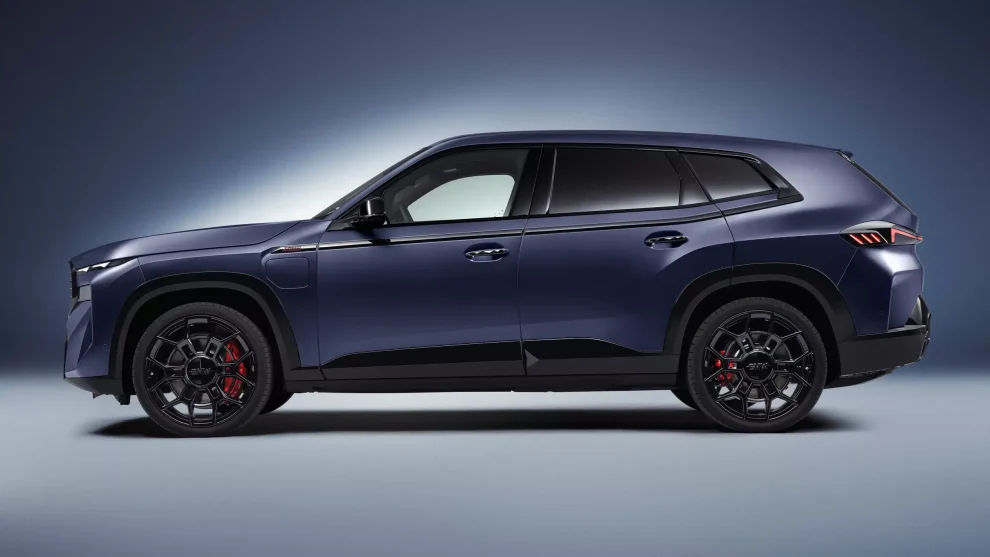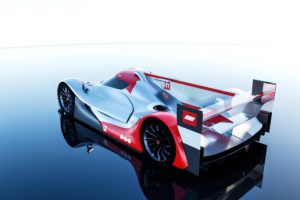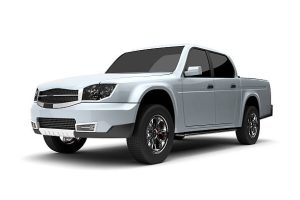Sharper focus, stronger output, and subtle refinements define the streamlined 2026 BMW XM lineup
BMW is pivoting its strategy for the XM SUV in 2026 by removing the standard base model and consolidating the lineup under the more powerful XM Label variant. This move signals the automaker’s intent to lean harder into the performance-luxury niche rather than chase broader volume with lower-spec trims.
The XM—already a bold entry into the high-performance plug-in hybrid SUV segment—will now come exclusively with 738 horsepower, derived from a hybrid system that pairs a twin-turbo V8 with a high-output electric motor.
Why BMW Is Ditching the Base XM
BMW’s decision is rooted in sales realities. Despite the XM being the M division’s first dedicated SUV and its first standalone model since the M1, it has struggled in the U.S. market, with fewer than 2,000 units sold last year. The base XM failed to gain traction against similarly priced, more established luxury SUVs like the Porsche Cayenne Turbo E-Hybrid or the Mercedes-AMG GLE 63.
By removing the entry model, BMW is repositioning the XM as a low-volume, high-margin flagship that caters specifically to performance-focused buyers who expect cutting-edge specs and bespoke customization options.
Powertrain: Same Concept, More Muscle
Starting in 2026, all XM models will be powered by the high-output plug-in hybrid setup previously reserved for the Label Red.
Technical Breakdown:
| Specification | 2026 BMW XM Label |
|---|---|
| Engine | 4.4-liter twin-turbocharged V8 |
| Electric Motor | Integrated into 8-speed automatic |
| Battery Pack | 19.2 kWh lithium-ion |
| Total Output | 738 hp and 738 lb-ft of torque |
| 0–60 mph | 3.6 seconds (estimated) |
| Top Speed | 175 mph with M Driver’s Package |
This powertrain offers performance that borders on supercar territory while still delivering some all-electric range for short commutes. Although BMW hasn’t updated EV range numbers yet, the charging capabilities have been improved.
Charging and Tech Improvements
One of the more meaningful technical updates for 2026 comes via the onboard AC charging system, which now supports up to 11 kW, up from the previous 7.4 kW. This upgrade significantly cuts home charging time—an important move for owners relying on Level 2 infrastructure.
Additional refinements include:
-
A new welcome light animation that activates when the driver approaches or enters the vehicle.
-
Revised exterior colors, including an exclusive Frozen Tanzanite Blue metallic finish.
-
New 23-inch M wheels available in a striking Jet Black treatment.
These changes are subtle but aim to keep the XM visually fresh without a full design overhaul.

Cabin Upgrades Focus on Customization and Comfort
BMW has expanded the Individual leather program for the XM, adding several new color combinations and increasing tactile luxury for rear-seat passengers.
Interior Options Now Include:
-
Night Blue Full Merino Leather with Vintage Coffee trim
-
Black Full Merino Leather with Vintage Coffee trim
-
Silverstone Extended Merino Leather with Black accents
Additionally, all models featuring Merino leather now include rear seat comfort cushions that match the main upholstery—a nod to the XM’s emphasis on dual-row luxury.

Pricing Outlook and Production Plans
With the base model discontinued, the starting price of the 2026 XM will inevitably rise. While BMW hasn’t released final pricing, expectations are that the new starting point will hover near $190,000, given that the 2025 XM Label Red started at $186,700 before destination charges.
📍 Key Pricing Details (Est.):
| Trim | Starting MSRP |
|---|---|
| 2025 XM (base) | $160,500 (discontinued) |
| 2025 XM Label | $186,700 |
| 2026 XM (Label-only) | ~$190,000+ |
Production is set to begin in August 2025 at BMW’s Spartanburg, South Carolina facility, ensuring domestic supply for the North American market.
Brand Storytelling Meets Performance: Carl Cox Collaboration
To mark the refreshed model’s debut, BMW M has teamed up with legendary DJ Carl Cox, who has crafted a custom audio track built entirely from the XM’s signature sounds. These include the vehicle’s start-up chime, electric motor whine, and the unmistakable rumble of the twin-turbo V8.
BMW describes the work as an “aural tribute to electrified performance,” blending mechanical emotion with musical creativity.
Strategic Takeaway
BMW’s revised XM strategy speaks to a broader trend in the luxury SUV market: performance sells, but only when it’s backed by exclusivity, personalization, and presence. With plug-in hybrid SUVs facing increasing pressure from both pure EVs and high-output gas models, the XM’s new positioning makes it clear that BMW sees value not in selling more, but in selling better.
As competitors pivot toward electric-only platforms, BMW’s continued investment in PHEV tech with extreme outputs suggests the brand still sees multi-powertrain flexibility as its strongest advantage—at least for now.












Add Comment